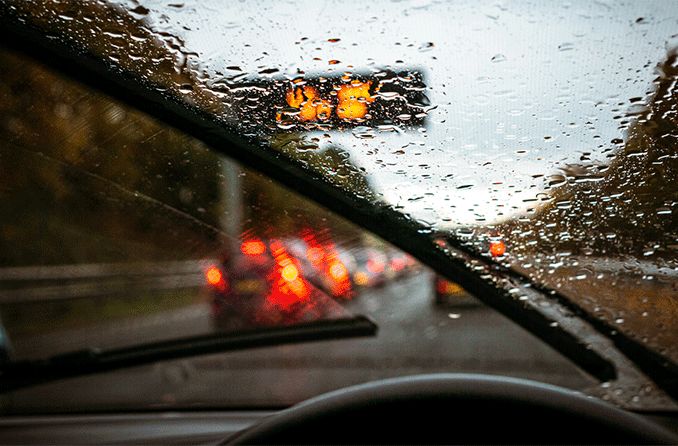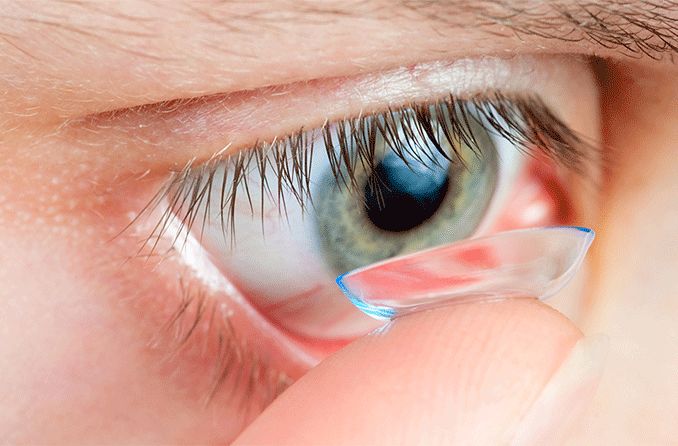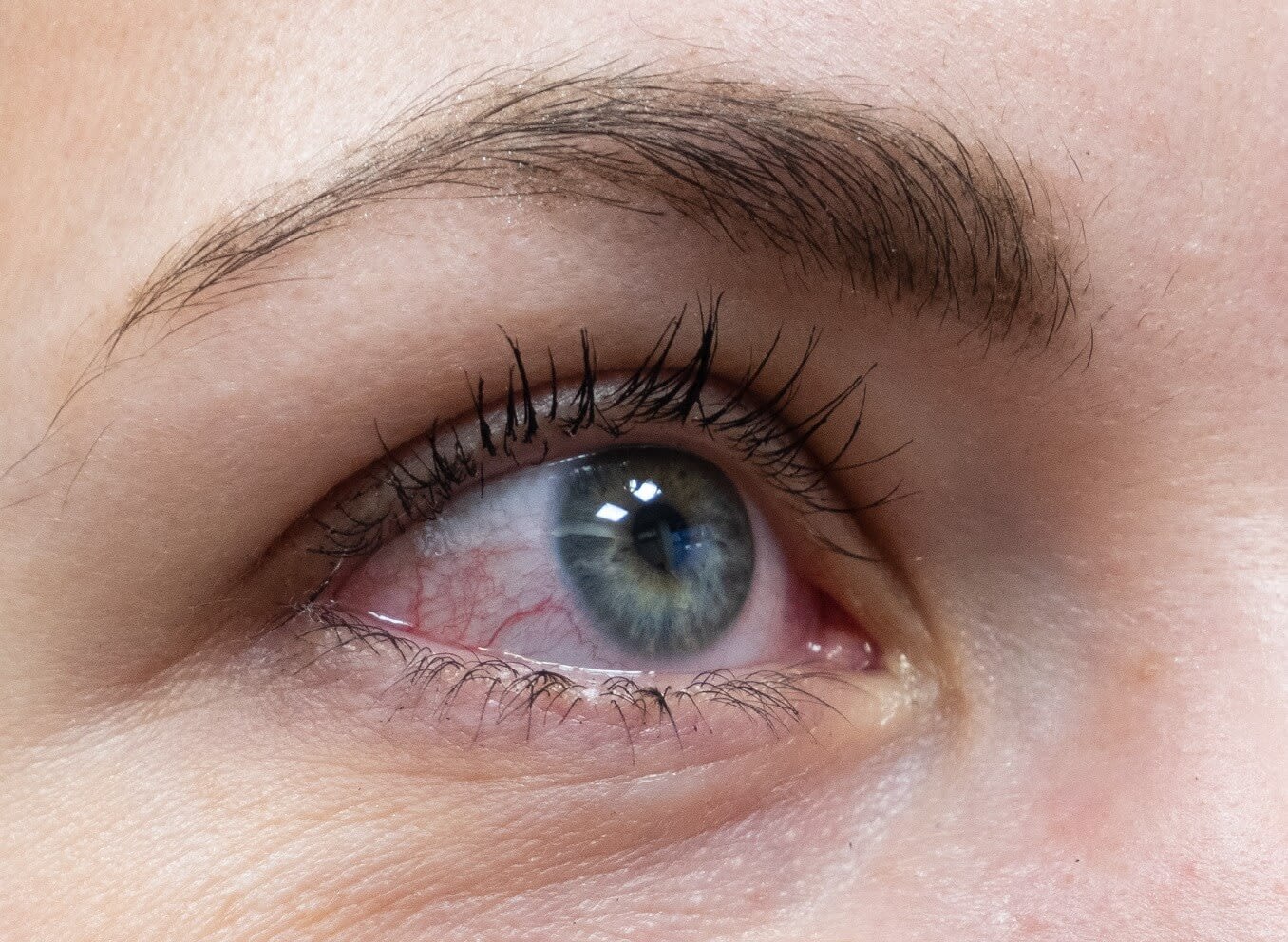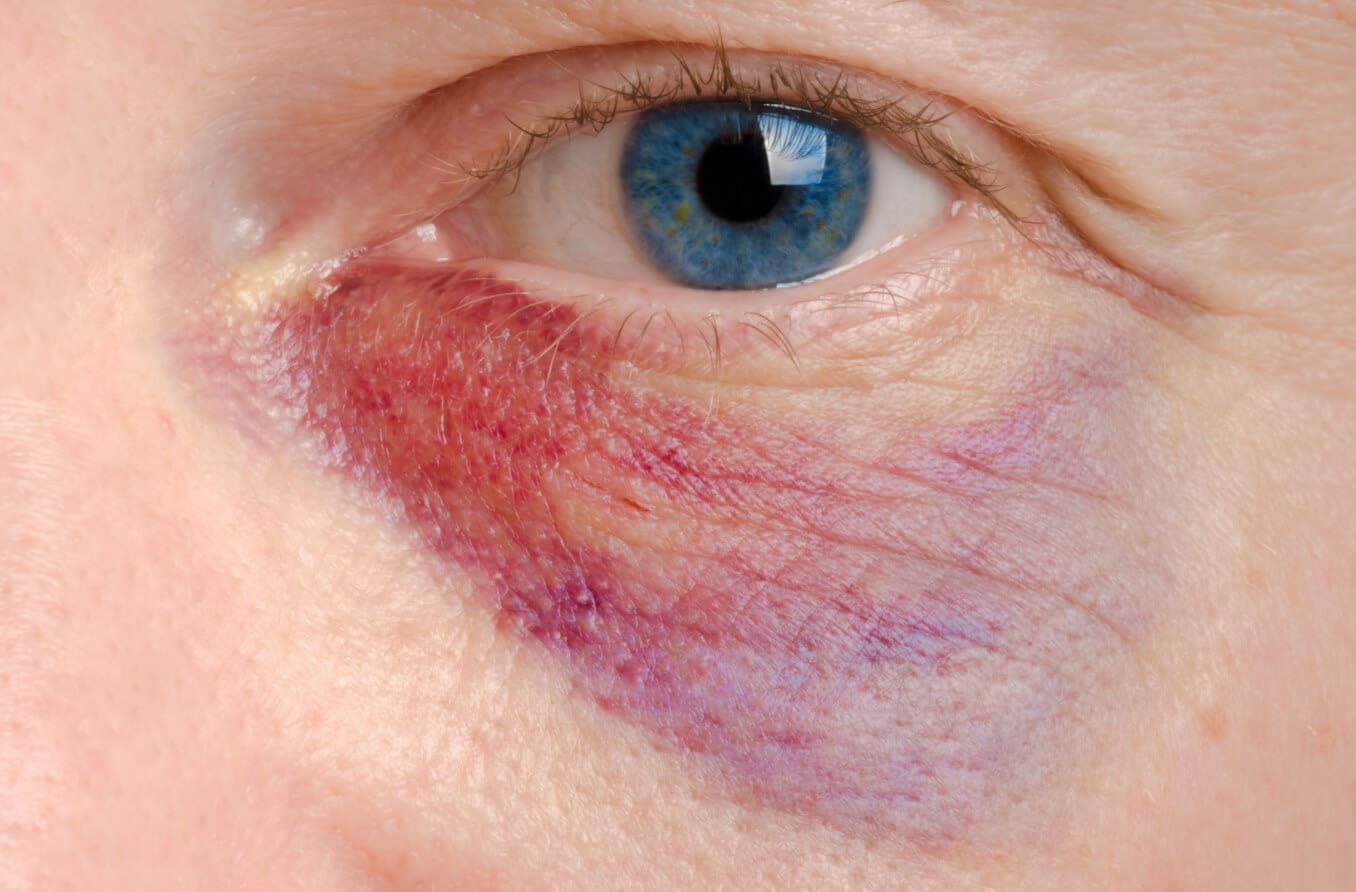More than 5,891,000 car accidents occur every year, and over 20% of them are due to weather-related causes. The two leading causes? Rain and wet pavement. Staying attentive as a driver can help you avoid becoming part of this statistic.
Keeping your eyes on the road is critical, especially in unfavorable weather conditions. And when moisture is involved, there are several other things you must do to ensure your safety behind the wheel.
Though it can be scary and dangerous to drive in such conditions, driving at safe speeds and being prepared with working windshield wipers and headlights can help increase your visibility on the road and prevent collisions.
Dangers of driving in the rain
Driving in the rain can be a danger to the driver, passengers and the car itself because of the lack of visibility. Delayed reaction times occur due to slickness, and hydroplaning is a serious threat. These hazards can affect anyone, from the newest to the most veteran drivers.
Between 2007 and 2016, the U.S. Department of Transportation’s Federal Highway Administration reported an average of 4,050 fatalities during wet-pavement-related crashes and 2,473 fatalities due to rain-related crashes.
Aside from visibility, there are several other factors that can affect your driving in the rain:
- Hydroplaning causes your tires to lose traction with the road, floating on a thin layer of water instead. It’s difficult to steer as this happens, and easy to lose control of the car.
- Reaction times are much slower in wet conditions, both for drivers and the controls of the car. Keep a greater distance between yourself and other vehicles and drive more slowly to accommodate.
- Standing water can disguise road hazards such as potholes. Large amounts of standing water can even take over your car. Even splashing through puddles can be dangerous, as it decreases visibility for you and others on the road.
- Hard braking should be avoided to prevent losing control and damaging your vehicle’s brake system.
READ MORE: How to drive safely after you turn 60
How does rain affect your vision on the road?
Vision can be impaired by rainy conditions whether the precipitation is light, heavy or in between. Be mindful of your surroundings, as rain can cause you to experience the following effects:
- Central vision can become blocked in major conditions. If it’s raining hard enough, windshield wipers can have a hard time accommodating, leading to a windshield that you are unable to see clearly out of.
- Peripheral vision may be affected when your focus shifts to the road ahead. Although you should be more focused on what’s in front of you during a downpour, your side vision is still important — and when it gets put on the backburner, you can miss important details on the road.
- Light is scattered and reflected from headlights, as the light beams become weaker in rain. This can make it difficult to see other cars, pedestrians, road signs and even the road itself.
Headlights may perform at a weaker rate in the rain, but it’s important to avoid using your high beams. The brighter lights can cause an even stronger glare, which can cause additional danger. High beams are also not as helpful as regular lights when it comes to being visible to other cars.
SEE RELATED: Night vision and driving
How to increase your visibility for driving in the rain
As mentioned before, it is critical to be able to see your surroundings as you drive in the rain, however clearly you are able to do so. Windshield wipers, headlights, ventilation and speed all play a role in your ability to see on the rainy road:
- Windshield wipers should be checked regularly to ensure they are in good shape (no cracks) and working properly. Be sure to use the proper speed for the volume of rainfall you’re experiencing.
- Headlights should be turned on any time you need to use your windshield wipers, both for you to see better and for other drivers to be able to see you better. Not only is this important for your safety, but it is actually the law in several states.
- Ventilation is important for visibility on all fronts. The humidity that comes with rainy weather can cause your windshield and car windows to fog up and impair your vision, but proper ventilation can take care of this problem. Try using the defroster function in your car to help, and don’t start driving until you can see clearly.
- Speed also plays a role in visibility. If you’re driving too fast, the rain can make things even blurrier. Plus, your car’s reaction time is significantly reduced in wet conditions, so driving more slowly is your best bet.
If rain gets too heavy for you to see, pull over in a safe place if possible. Use your hazard lights when needed to indicate that you are slowing down, pulling over, or to stand out more on the road for your fellow drivers.
SEE RELATED: Driving in fog
Other tips for driving in the rain
A driver must remain alert mentally and physically to control a car in such threatening conditions. Here are some additional tips to consider when driving in the rain:
- Keep both hands on the steering wheel at all times for maximum control.
- Keep your eyes on the road at all times and avoid distractions.
- Drive slowly to accommodate for reduced reaction times.
- Do not use cruise control in the rain. This feature can reduce your attention towards the road. It can also cause your car to accelerate as you hydroplane, taking your control away from the vehicle.
- Pull over for safety if rain is too intense to see or drive in.
- Don’t drive through or toward standing or moving water. It’s nearly impossible to determine the depth of standing water from your car, and it only takes a few inches of floodwater to hide downed power lines, render your car immobile, or even set your car afloat.
- Avoid using back roads, as there may be more standing water in areas that are less busy. If you encounter floodwater, turn around if you can.
- Splashing in puddles can reduce your visibility (and that of other drivers) on the road.
- Follow the tracks of the car in front of you, as these tracks are where water is the most spread out on the road.
- Regularly inspect your car’s tires, wipers and other safety equipment to ensure your protection for all road conditions.
Is your vision safe for driving?
From minor things such as maintaining safety features on your tires and windshield wipers, to knowing how to navigate if you begin to hydroplane, driving in the rain requires your utmost attention and skills as a driver.
Ensuring your car is safe for driving in the rain is important — and so is making sure your vision is clear for the occasion.
See an eye doctor for an annual eye exam to make sure your vision is suitable for driving in any weather. A yearly checkup can help determine if you need an updated vision prescription, as well as identify any issues that may affect your vision as a driver.










